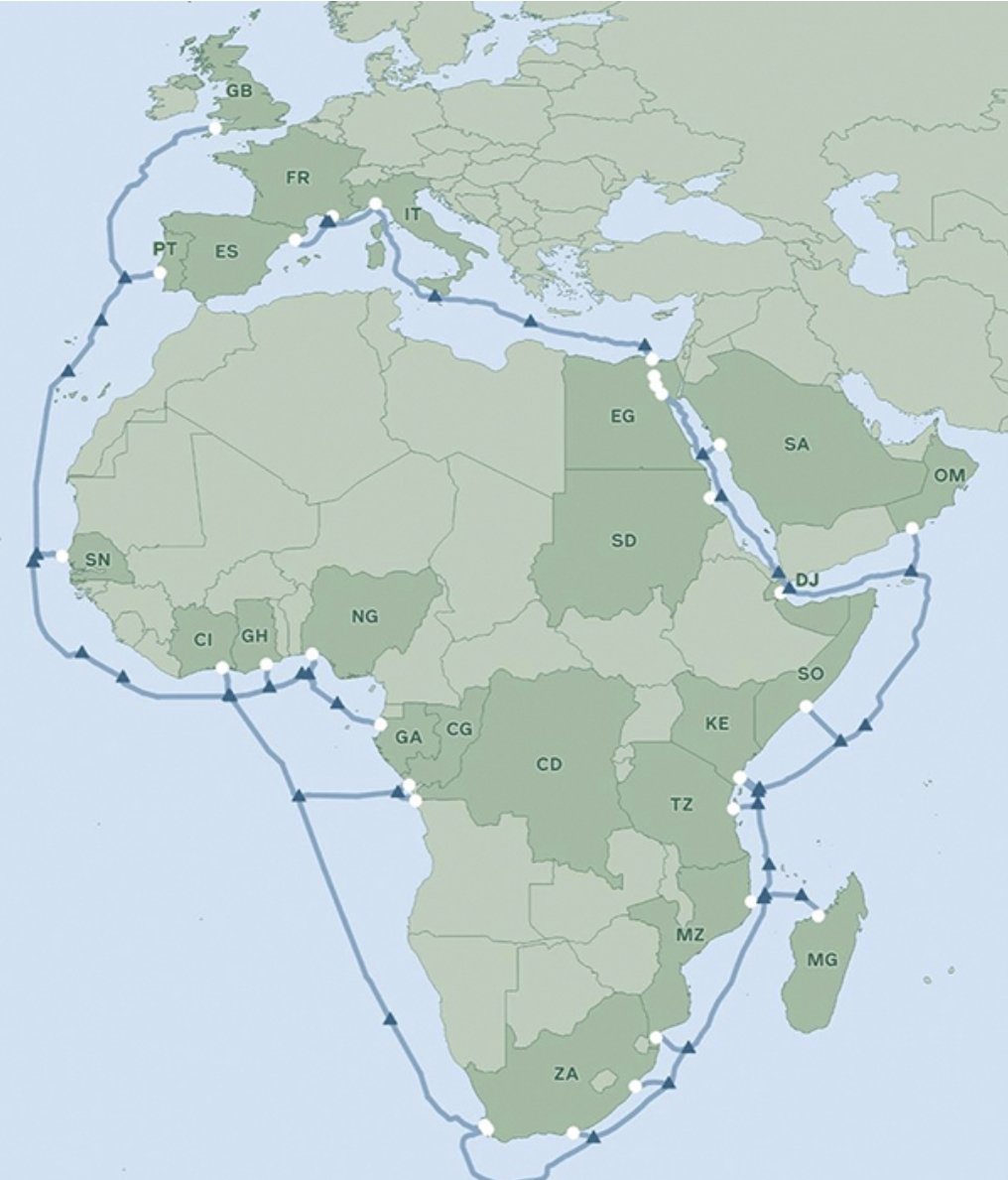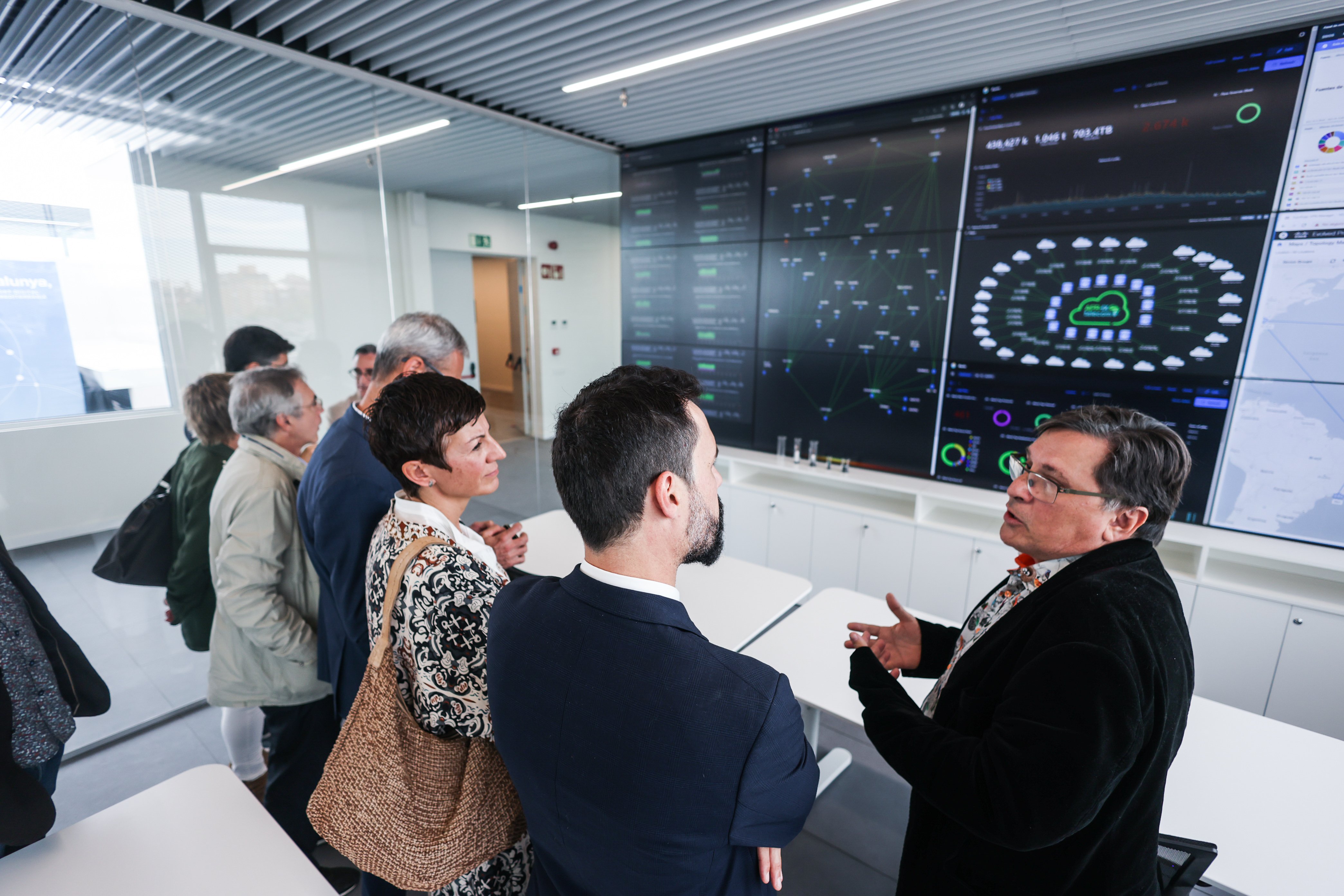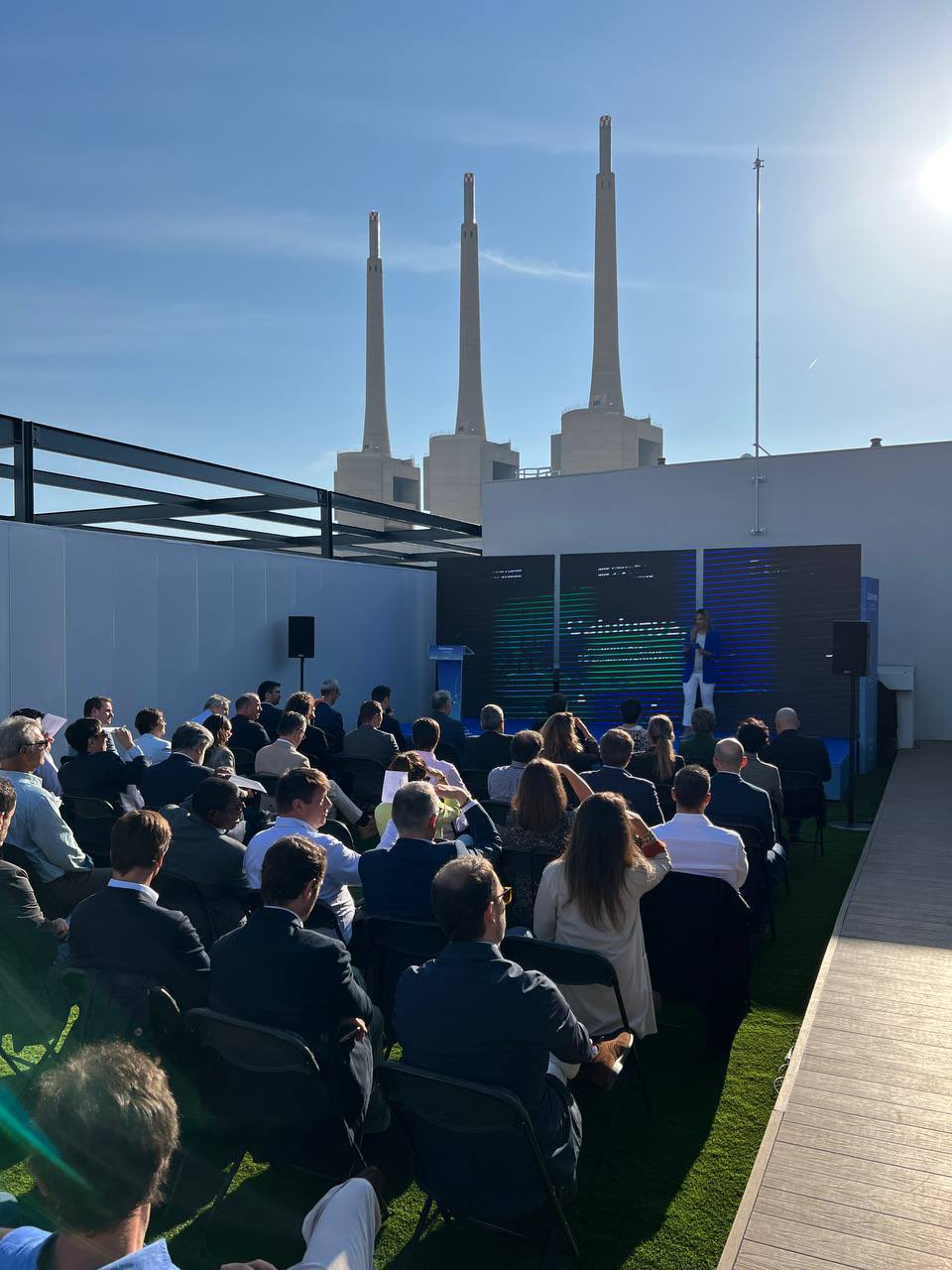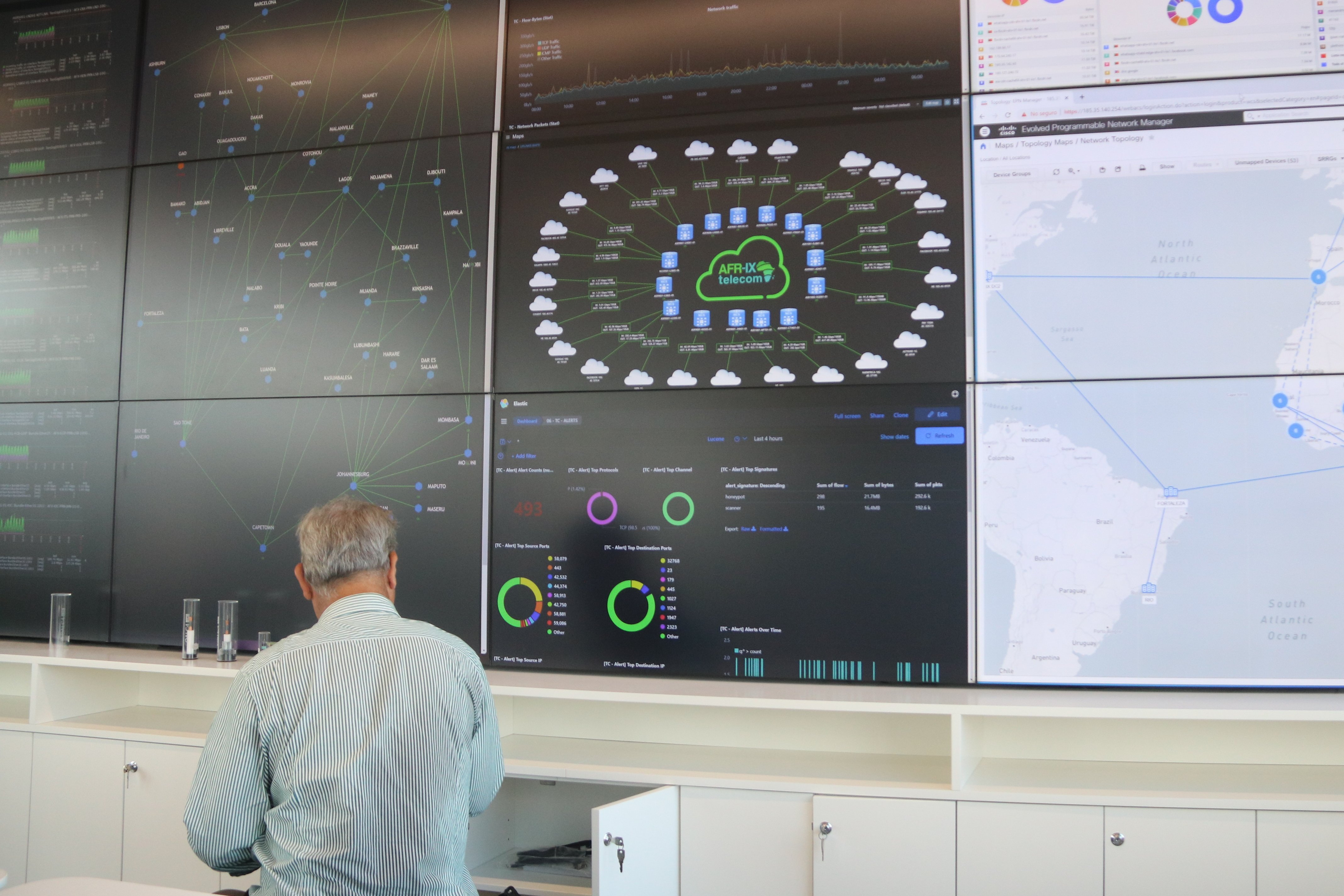The municipality of Sant Adrià de Besòs, just beyond Barcelona city limits, has become the base for the Barcelona Cable Landing Station (CLS), the first international landing station for undersea cables in Catalonia, which was officially opened this Thursday. The digital switch-on will take place soon and will give an economic and technological impetus to the district of the iconic "Three Chimneys" on the Mediterranean coast, near the river Besòs. The development has been led by Catalan company AFR-IX Telecom with an investment of 10 million euros, two million more than earlier announced, and the plan is for the centre to host up to eight undersea fibre optic cables that will allow connections to Asia, Africa, the Mediterranean and the United States.
Open to private investment
Operations at the Landing Station will start at the end of the year with the connection of two cables, while a third is expected to arrive in the summer of 2024. AFR-IX says it hopes to reach full capacity in 2027. The company it to operate the Barcelona CLS as an independent manager, and will lease usage to telecommunications operators. The station is the second of its kind in the Spanish state, after Bilbao, and aims to provide an alternative to the facility in Marseille, France, which is the traditional port for cables coming from Africa and Asia, and currently the arrival point for about fifteen connections.

Catalonia's former minister for digital policies, Jordi Puigneró, highlighted that this project allows the intercontinental connection of Catalonia via two submarine cables without going through Spain, in pursuit of one of the Catalan government's objectives, to promote digital emancipation from the rest of the Spanish state. The project has had the support from the administrations, with the Catalan government considering it as "a strategic infrastructure for Catalonia's digital sector", according to the current secretary general of Digital Policies, David Ferrer, appearing in one of the last public acts by a member of the team formed by former minister and vice-president Puigneró, who also attended the event. Ferrer explained that the idea originated nine years ago in the offices of the Digital Policies department led by Jordi Puigneró, who provided "all the facilities" so that the company could obtain operating permission and overcome the "anomaly" of the maritime connections to the Iberian Peninsula.
Digital emancipation of France, too
For his part, the CEO of AFR-IX Telecom, Norman Albi, explained that the Catalan station will be "an open port" and will have an undersea cable corridor so that each company does not have to "fish" to enter as happens in France, but rather, to enable an orderly arrival. "In Marseille the entrance is very complicated because everyone crosses over everyone," Albi emphasized. The Catalan minister for enterprise, Roger Torrent, who has now assumed part of the Digital Policies portfolio, also attended, and emphasized that 98% of Internet data traffic travels by submarine cable. "We want to build a Mediterranean metropolitan area," he stressed.

The 10 million euros investment is broken down into 7 million dedicated to the station itself, located a few metres from the Tres Xemeneies landmark; and a further 3 million for the maritime and coastal infrastructure to allow entry of the cables. The company has not detailed exactly when it expects the first cables to arrive but does state that it expects two of them to be operational "before the end of the year." One of the most anticipated connections is that of the Medusa cable, for which a contracting process is currently underway and which will allow the countries of North Africa to be connected with Catalonia, as well as a link that goes overland near the Strait of Gibraltar and then back into the ocean to reach Lisbon.
How does it operate?
Barcelona CLS offers an open access cable landing service to submarine cable operators, as well as a neutral location and interconnection facility to operators, ISPs and content providers with direct access to major international fibre routes and local hubs. In addition, it has designed a cable corridor to run the eight cables mentioned from the boundary of the territorial waters to the boundary of the city.
The cable corridor is designed to be the safest route based on comprehensive knowledge of the seabed. Once the investment is complete, the company intends to go public when the situation is right. It has already completed the first step, which is to become a public limited company, and now it will wait until the markets are "moved". "We have to study whether it makes sense to have our launch quickly or in the first half of next year," concluded Albi.


